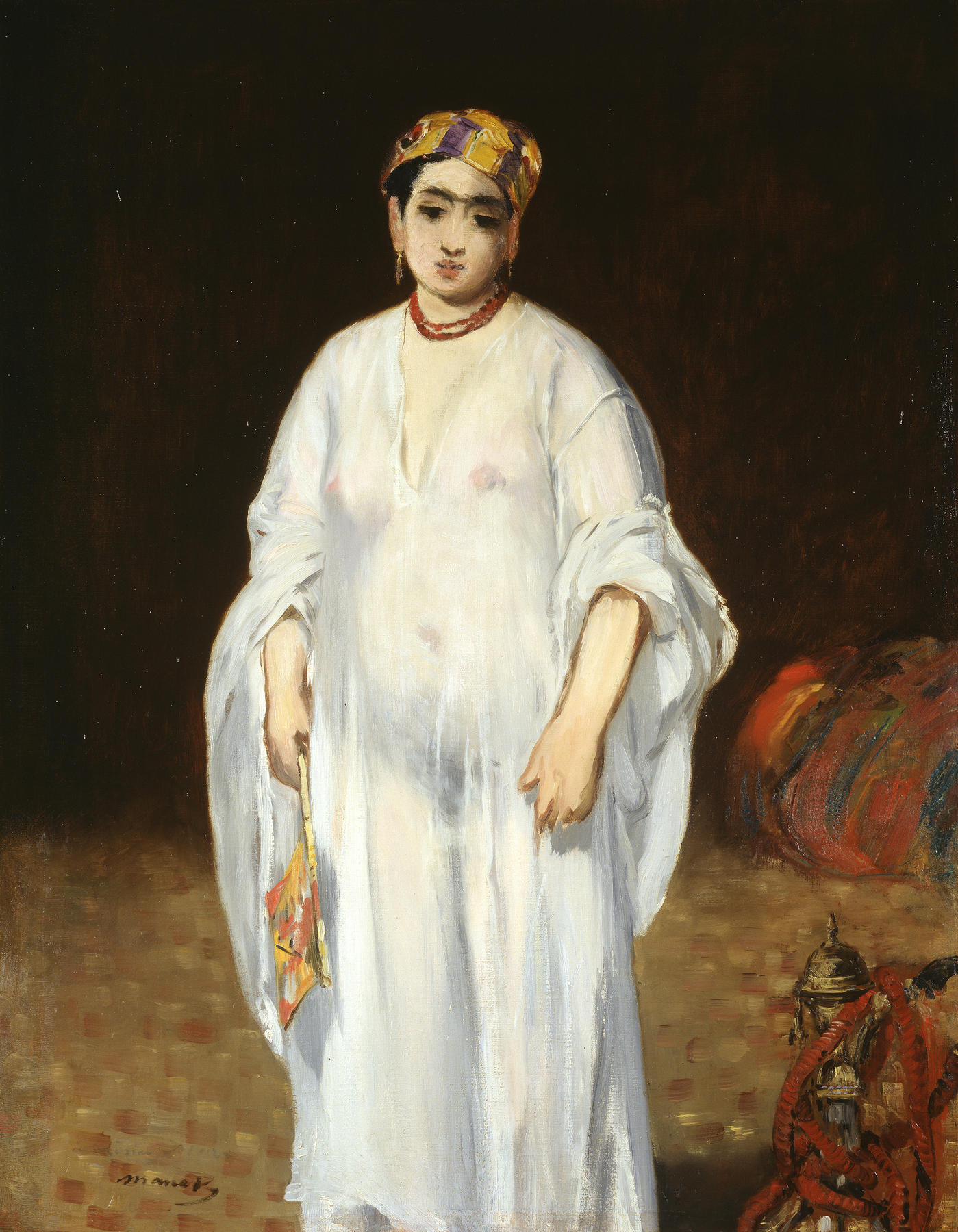Bührle Foundation reaches Settlement with Heirs of Jewish Collector over Manet's 'La Sultane'

The Gerta Silberberg Discretionary Trust and the Buehrle Foundation have come to an amicable settlement solution due to differing assessments of the circumstances surrounding the sale of the painting by Max Silberberg.
The painting La Sultane by Edouard Manet will remain in the Emil Buehrle Collection and can continue to be exhibited at the Kunsthaus Zürich. The parties have agreed to keep the details of the agreement confidential.
Emil Buehrle acquired the painting La Sultane by Edouard Manet after the war in 1953 from the Jewish art dealer Paul Rosenberg. He in turn had acquired it in 1937 from the Jewish art collector Max Silberberg, who had delivered it to him in 1932/1933 according to the photo entry book of the Gallery Rosenberg.
According to the legal successor of Max and Johanna Silberberg, the Gerta Silberberg Discretionary Trust in London, the sale of Max Silberberg's painting to Paul Rosenberg was a consequence of the Nazi persecution of the Silberberg couple. They were deported by the Nazis in 1942 and murdered presumably in the Auschwitz concentration camp.
The Buehrle Foundation, on the other hand, is of the opinion that Silberberg had already decided to sell the painting before the National Socialists came to power, namely when it was consigned by Max Silberberg to the art dealer Rosenberg in 1932. In the Foundation's view, this decision was made because Max Silberberg had suffered considerable financial losses during the years of the Great Depression.
Paul Rosenberg was also a victim of Nazi persecution and fled to the United States during the war. After the war, he became one of the main sellers of paintings to Emil Buehrle.
The painting La Sultane by Edouard Manet from the Emil Buehrle Collection belonged to the collection Max Silberberg (1876-1942), a Jewish entrepreneur and art collector who lived in Breslau. During the first decades of the 20th century, Max Silberberg amassed an extensive collection of German and French paintings, drawings and sculptures from the 19th and 20th centuries. The exact size of the Silberberg collection can only be approximated. In the 1920s, it was said to number between 130 to 250 objects.
In 1932, Max Silberberg put some of his more valuable paintings, namely French Impressionists, up for auction in Paris. La Sultane was not among them. Persecuted by the Nazis, he was later forced to sell his remaining works of art at auctions in Germany in 1935/36 in order to support himself and his wife Johanna. La Sultane was not part of these auctions either. In 1935, he had to sell his villa to the SS “security service” (SS-Sicherheitsdienst) and his company was forcibly liquidated in the second half of the 1930s. In 1942, the Nazis deported Max and Johanna Silberberg and murdered them presumably in the Auschwitz concentration camp.
The earliest reference to Max Silberberg as the owner of La Sultane is in the 1928 catalog for the exhibition Edouard Manet 1832-1883, Paintings, Pastels, Watercolors, Drawings at the Gallery Matthiesen in Berlin. Manet's La Sultan (no. 3079) can be found in the photo inventory of the Gallery Rosenberg a few numbers before the entries (nos. 3129-3131) on the occasion of a Monet exhibition dated February/March 1933. From the Foundation's point of view, this suggests that La Sultane was consigned to the art dealer Paul Rosenberg before that date, who then offered it for sale at two exhibitions, in New York in 1934 (with the provenance Max Silberberg) and at his gallery in Paris in 1935. The painting did not find a buyer, and Rosenberg purchased it from Silberberg in 1937 for USD 17,800. There is no indication of where or to whom the payment was made. Whether the currency indicates that the money was intended for Max Silberberg's son, who emigrated from Nazi Germany with his wife in 1938, is an open question. In 1939, Rosenberg sent La Sultane, which he now owned, to New York, where he himself fled as a Nazi persecutee in 1940 and reopened his business. After the war, he sold it to Emil Buehrle in September 1953 for USD 58,500.
Main Image: Edouard Manet, Junge Frau in orientalischem Gewand, um 1871
